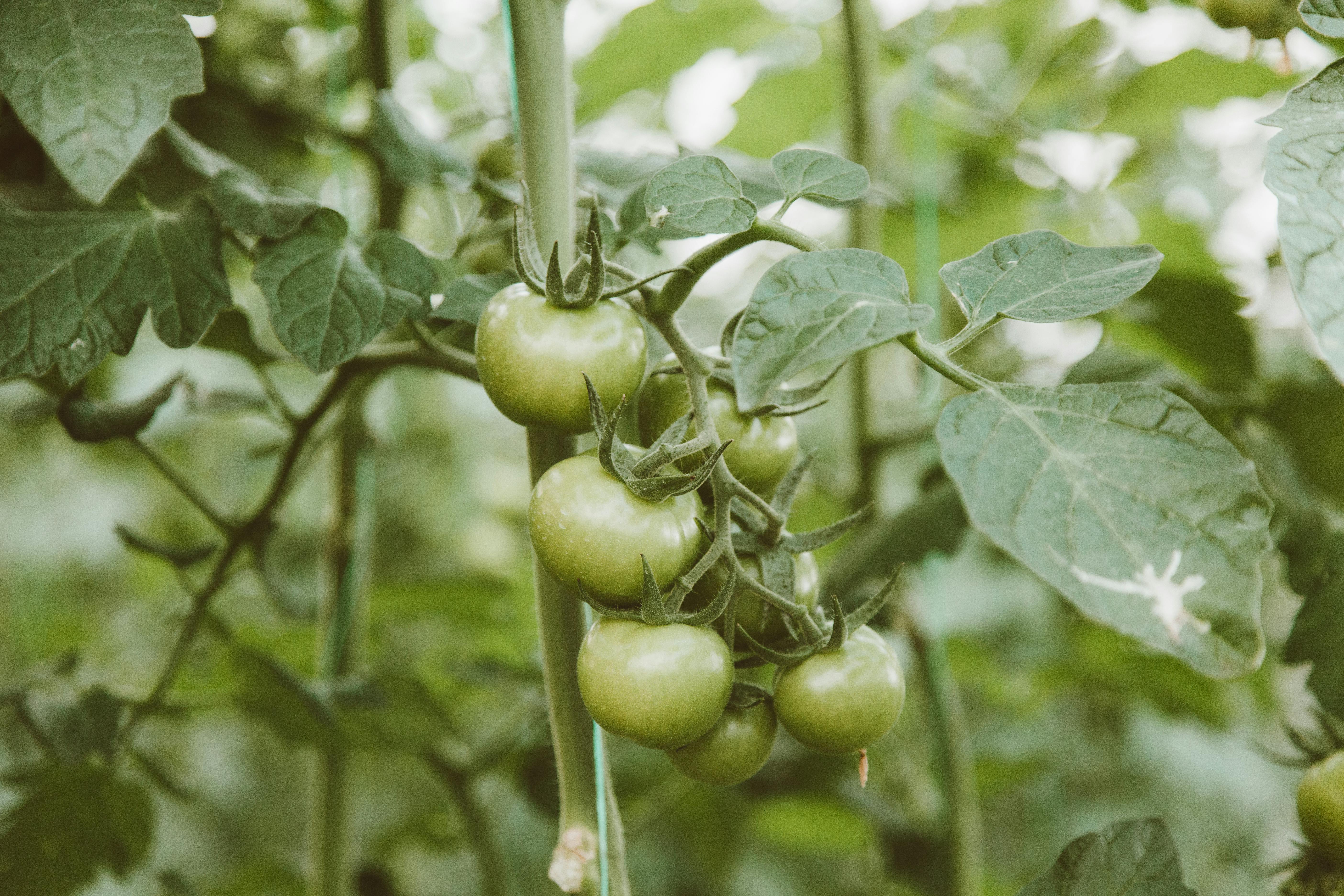
Apply Now


Understanding the Definition of Mass Percent
Mass percent, also known as percentage by mass, is a crucial concept in chemistry that enables scientists to express the concentration of a substance in a mixture. It is defined as the mass of the solute divided by the total mass of the solution, multiplied by 100. This straightforward formula provides clarity and precision in various chemical analyses and applications. Having a solid grasp of mass percent is essential for students and professionals alike, as it facilitates accurate measurements in laboratory settings and aids in the effective analysis of compositions. For instance, the mass percent can significantly impact the purity of compounds, which is fundamental in research and industrial applications.Importance of Mass Percent in Chemistry
The significance of mass percent extends beyond the classroom and into practical settings, including pharmaceuticals and materials science. In these fields, mass percent helps in determining the composition of mixtures, ensuring that products meet specified quality standards. Furthermore, understanding mass percent is vital when preparing solutions and conducting experiments. Mass percent allows for a clear assessment of solute concentrations, which is crucial for many chemical reactions. For example, calculating mass percent in food chemistry can provide insights into nutrient composition, assisting in dietary planning. Variations in mass percent can also impact the success of industrial processes, such as those used in the manufacturing of chemical products.Calculating Mass Percent: The Formula
The formula to calculate mass percent is straightforward: \[ \text{Mass Percent} = \left( \frac{\text{mass of solute}}{\text{mass of solution}} \right) \times 100 \] To use this formula, you first need to know the mass of the solute and the total mass of the solution. For example, if you have 5 grams of salt dissolved in 95 grams of water, the total mass of the solution is 100 grams. The mass percent of salt in the solution would be: \[ \text{Mass Percent of Salt} = \left( \frac{5 \, \text{g}}{100 \, \text{g}} \right) \times 100 = 5\% \] This clear quantitative result is essential for both laboratory work and real-life applications, demonstrating the utility of mass percent in practical chemistry scenarios.Effective Techniques for Finding Mass Percent
Building on the fundamental understanding of mass percent calculations, there are various techniques that can simplify the process of finding mass percent in different contexts. These methods can facilitate accurate results, especially in complex mixtures or when handling multiple components.Common Methods to Calculate Mass Percent
One common method involves using the mass fraction and converting it to mass percent. The mass fraction can be calculated by dividing the mass of the component by the total mass of the mixture. Once calculated, multiplying the mass fraction by 100 yields the mass percent. For instance, if a solution contains two components with masses of 30 g and 70 g, the mass fraction of the first component is: \[ \text{Mass Fraction} = \frac{30 \, \text{g}}{30 \, \text{g} + 70 \, \text{g}} = \frac{30}{100} = 0.3 \] Thus, converting this to mass percent gives: \[ 0.3 \times 100 = 30\% \] This method allows for flexibility in calculations, especially when dealing with mixtures in analytical chemistry.Visualizing Mass Percent: Practical Examples
To better understand mass percent, utilizing real-life scenarios can be valuable. For example, consider a simple experiment where a known mass of sugar is dissolved in a specific amount of water. If you dissolve 10 grams of sugar in 90 grams of water, you can calculate the mass percent of sugar as previously shown. Visual aids, such as diagrams or graphs, can also enhance understanding by demonstrating how varying amounts of solute affect the mass percent in solutions. Furthermore, discussing case studies on mass percent applications in industry can highlight its significance in quality control and product formulation.Mass Percent in Solutions: Mixing and Dilution
Moving forward, mass percent becomes particularly relevant when addressing the mixing of solutions and conducting dilutions. Understanding how to manipulate mass percent in these scenarios is crucial for achieving desired concentrations.Mixing Solutions and Calculating Mass Percent
When two solutions are mixed, the resulting mass percent can be determined by considering the masses and concentrations of both components. For example, if you combine equal volumes of two different solutions with distinct mass percents, the overall mass percent will be affected by the individual contributions. Let's suppose you mix 50 mL of a solution with a mass percent of 10% and 50 mL of another with a mass percent of 20%. The total mass from each solution can be calculated first. Understanding how to average these percentages based on the total volume is essential for accurate compositions.Practical Applications: Dilution Considerations
When diluting solutions, maintaining proper mass percent calculations is vital. Diluting a solution effectively decreases the mass of solute per unit volume but requires understanding the implications on concentration. This can be expressed as: \[ C_1V_1 = C_2V_2 \] Where \(C\) represents concentration and \(V\) represents volume. Knowing how to apply this formula ensures that the final concentration meets the required specifications in chemical experiments.Accurate Mass Percent Calculations in Laboratory Settings
In laboratory environments, the need for accuracy in calculating mass percent cannot be overstated. Utilizing appropriate lab techniques and equipment is crucial for reliable results.Experts’ Recommendations for Successful Mass Percent Calculations
To achieve accurate calculations, experts recommend starting with high-precision balances for mass measurements, which eliminate errors arising from manual weighing. Additionally, thoroughly mixing solutions helps prevent concentration discrepancies due to uneven distribution. Utilizing software tools and calculators equipped for mass percent analyses can further enhance measurement accuracy. In an era where automation is becoming increasingly prevalent, integrating technology into mass percent calculations can streamline lab work and improve reliability.Conclusion: The Significance of Mass Percent in Chemistry
The importance of understanding mass percent cannot be understated in the field of chemistry. It serves as a foundational concept that bridges theory and practical applications in laboratories and industries. Calculating mass percent provides insights into composition, purities, and concentrations, making it an indispensable tool for chemists. As we embrace innovative methods, including the use of technology and analytical techniques, the accuracy and efficiency in mass percent evaluations will continue to grow. Whether in educational settings or research labs, mastering mass percent calculations is crucial for effective chemical analysis.
